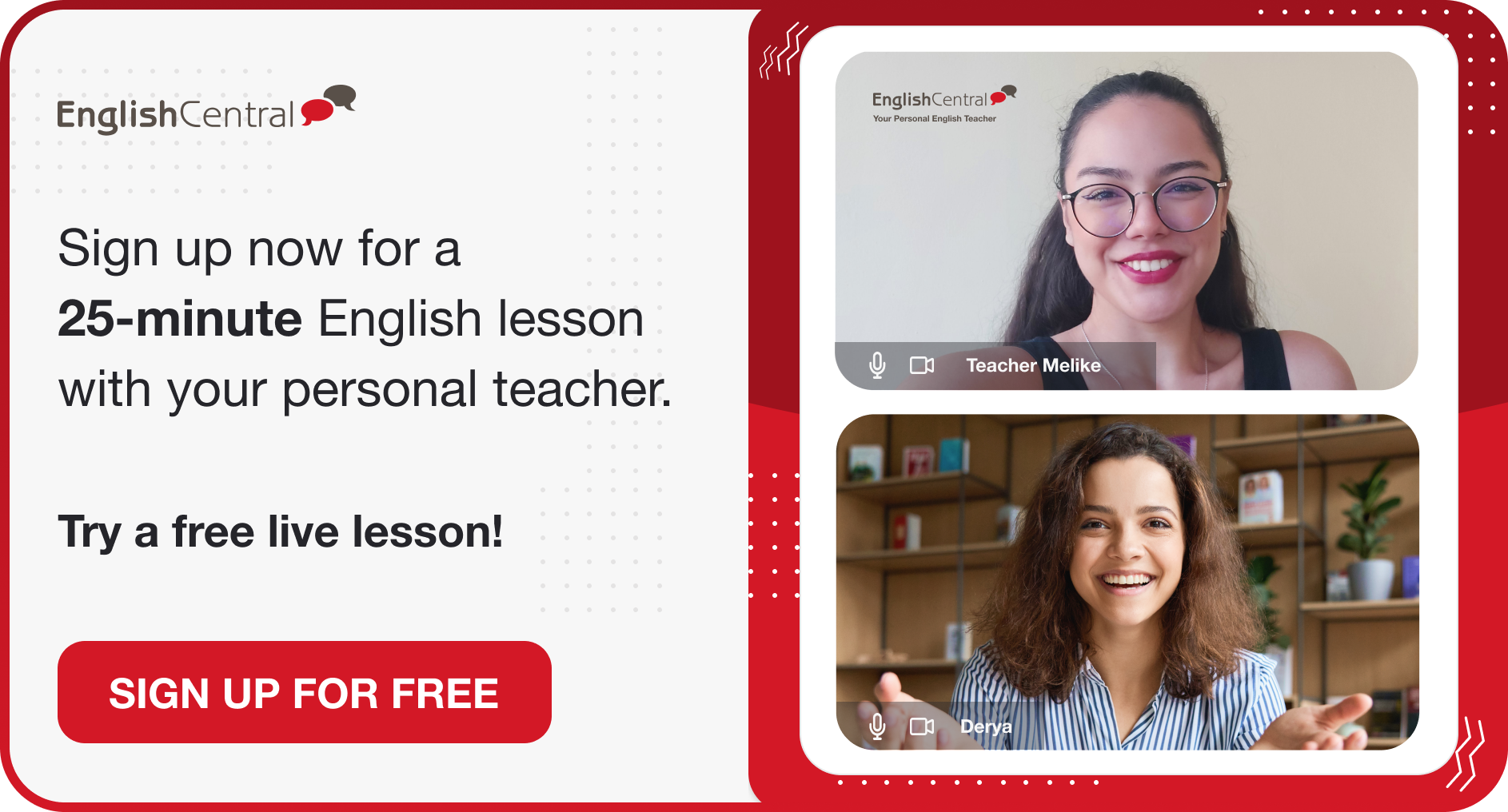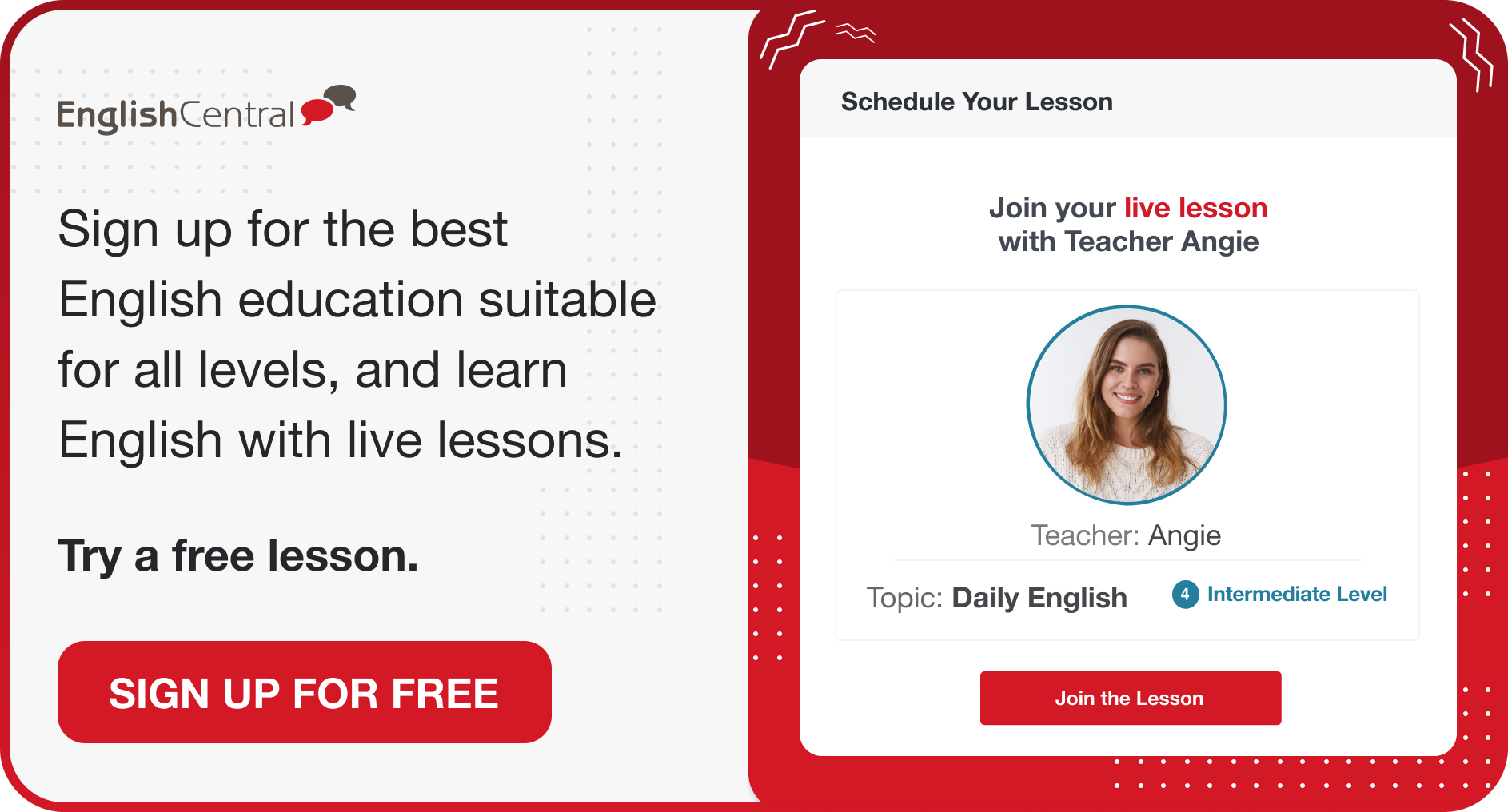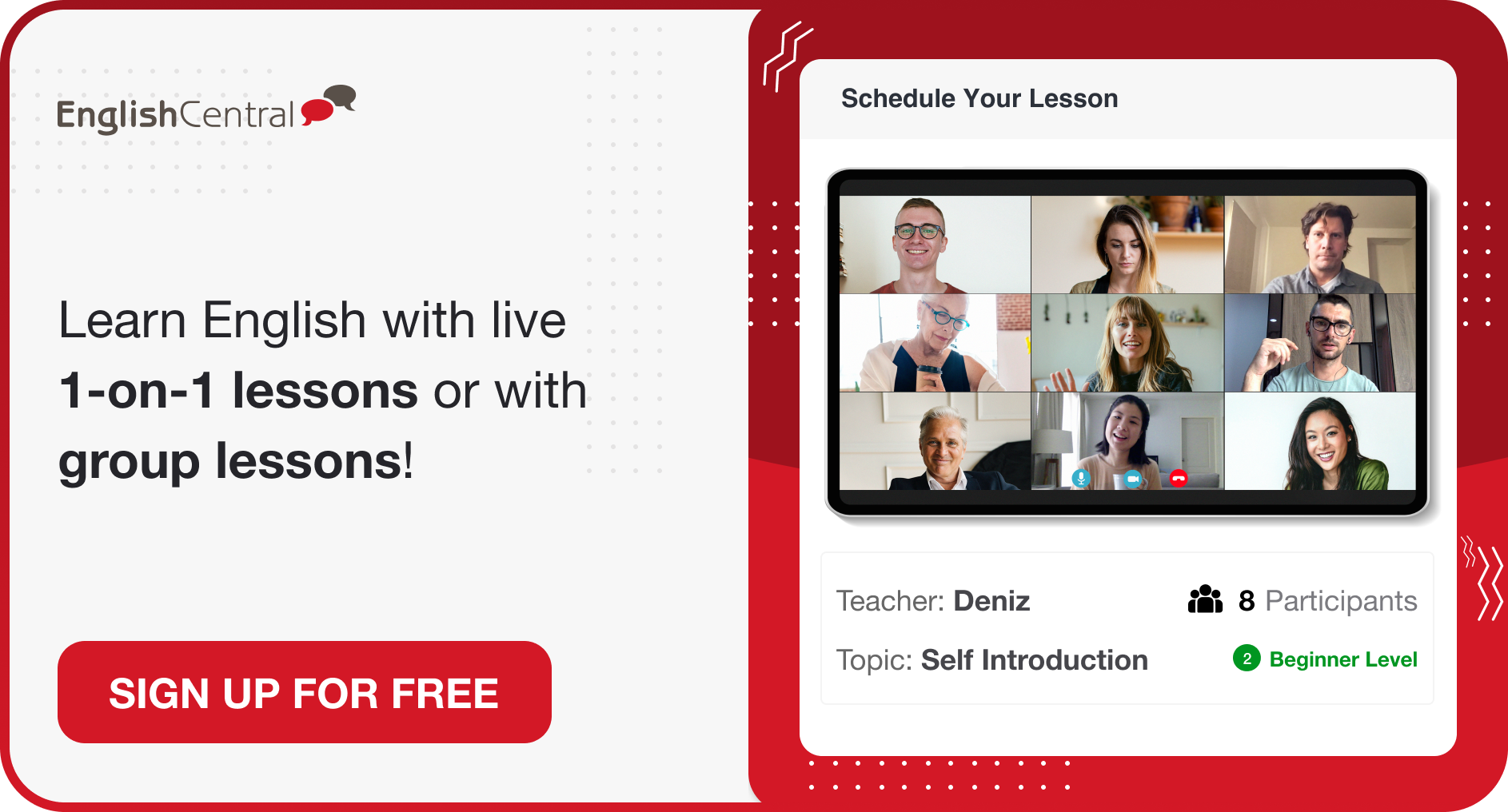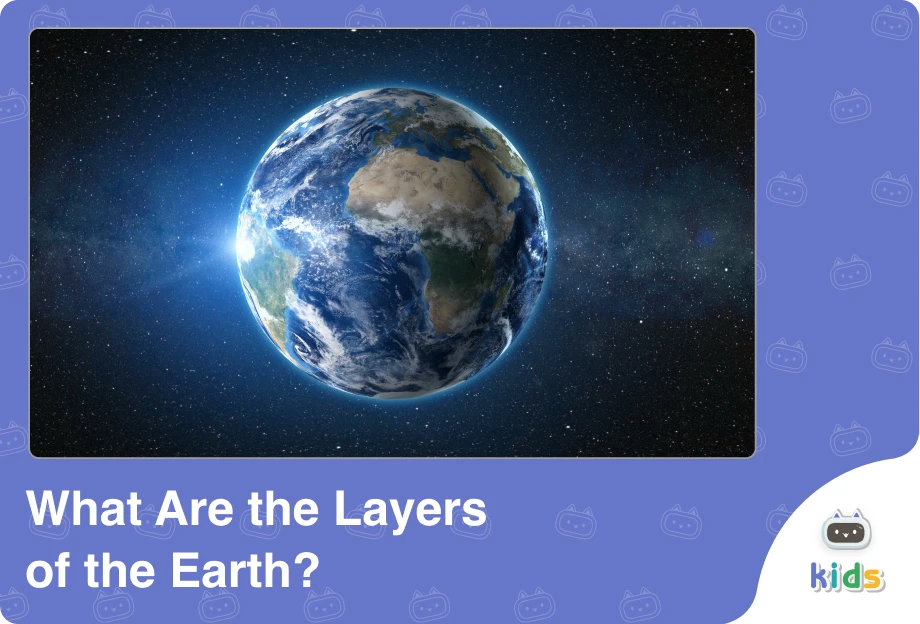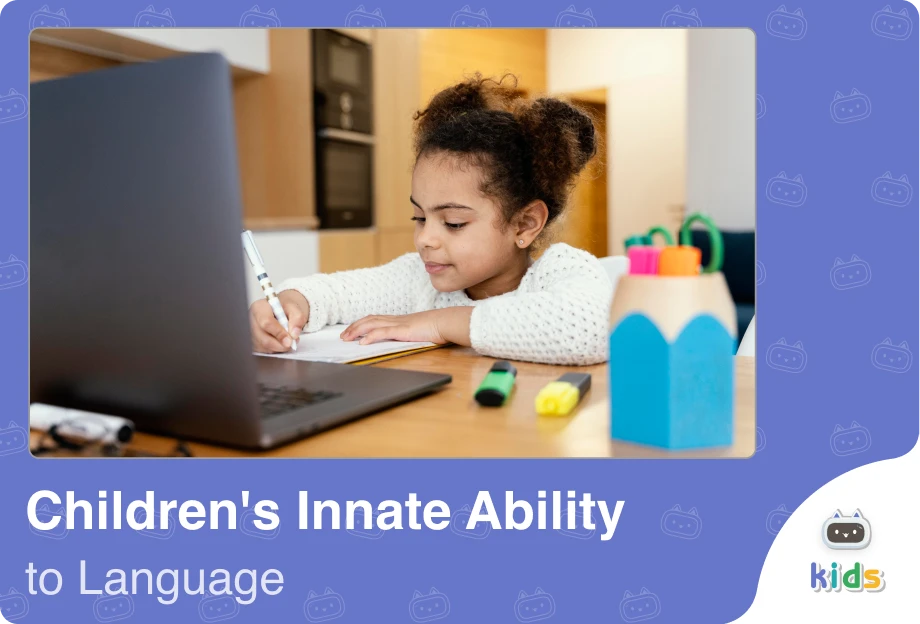The way a sentence is put together is known as its sentence structure. You must first comprehend sentence structure to create more complex and engaging sentences.
In order to help you communicate accurately, confidently, and with clarity, we have outlined the principles for every kind of sentence structure below.
What is Sentence Structure?
The arrangement of a sentence’s subject, predicate, objects, phrases, punctuation, and other constituents is known as its sentence structure. It covers a lot of ground, including the use of proper syntax, the placement of words and phrases adjacent to the things they change, and the combination of independent and dependent clauses.
Basic Parts of a Sentence
In English, a sentence must have a subject and a predicate at the very least. Put otherwise, every phrase needs a subject and a verb.
-Subject
The subject can be a noun or a pronoun that does the action.
For example:
-The dog barks.
-She smiles.
-The sun shines.
-Predicate
The verb is the action performed by the particular subject in the sentence.
For example:
-The bird sings beautifully.
-They are playing.
-She enjoys reading.
Components of a Sentence
A sentence is composed of several key parts, each serving a specific role in conveying meaning. Here’s a breakdown of the main parts of a sentence:
Subject
The subject of a sentence is the person, place, thing, or idea that is performing the action of the verb or being described. It’s the “who” or “what” the sentence is about. The subject usually comes before the verb.
For example:
1. The cat sleeps on the couch.
Subject: The cat
2. John is running a marathon.
Subject: John
3. The book fell off the shelf.
Subject: The book
4. She loves chocolate.
Subject: She
5. The children played in the park.
Subject: The children
Verb
A verb is a word that expresses an action, an occurrence, or a state of being. It is a crucial part of a sentence as it indicates what the subject does or what happens to the subject. Verbs can be in different tenses (past, present, future) and can also show different aspects (simple, continuous, perfect).
For example:
1. She runs every morning.
Verb: runs (action)
2. The cake is being baked in the oven.
Verb: baked (action)
3. They are studying for their exams.
Verb: studying (action, present continuous)
4. He was tired after the long journey.
Verb: was (state of being, past tense)
5. The flowers bloom in spring.
Verb: bloom (action)
Object
The object of a sentence is the person, place, thing, or idea that receives the action of the verb. Objects can be direct or indirect:
-Direct Object: Directly receives the action of the verb.
-Indirect Object: Receives the benefit of the action and typically comes before the direct object.
For example:
She reads a book.
Direct Object: a book
He gave her a gift.
Indirect Object: her
Direct Object: a gift
The dog chased the cat.
Direct Object: the cat
They built a house.
Direct Object: a house
I sent my friend a letter.
Indirect Object: my friend
Direct Object: a letter
Complement
A complement is a word or group of words that completes the meaning of the subject or the object. There are two main types of complements:
-Subject Complement: Follows a linking verb and provides more information about the subject. It can be a noun, pronoun, or adjective.
-Object Complement: Follows and modifies or refers to the direct object. It can be a noun, pronoun, or adjective.
For example:
She is a teacher.
Subject Complement: a teacher (noun complement)
The sky looks blue.
Subject Complement: blue (adjective complement)
They elected him president.
Object Complement: president (noun complement referring to him)
The soup tastes delicious.
Subject Complement: delicious (adjective complement)
The committee named her chairperson.
Object Complement: chairperson (noun complement referring to her)
Adjunct
An adjunct is a word or group of words that provide additional information to a sentence, but its removal doesn’t affect the grammatical integrity of the sentence. Adjuncts can give details about time, place, manner, reason, frequency, and more.
For example:
1. She sings in the morning.
Adjunct: in the morning (time)
2. They are playing in the park.
Adjunct: in the park (place)
3. He speaks very softly.
Adjunct: very softly (manner)
4. Because of the rain, the game was postponed.
Adjunct: Because of the rain (reason)
5. He visits his grandparents every Sunday.
Adjunct: every Sunday (frequency)
Four Types of Sentence Structure
Depending on how you combine clauses, you can create four different types of sentence structure:
1. Simple: 1 independent clause
2. Compound: 2 or more independent clauses
3. Complex: 1 independent clause + 1 or more subordinate clauses
4. Compound-Complex: 2 or more independent clauses + 1 or more subordinate clauses
Simple Sentences
Simple sentences consist of simply one independent clause—neither more nor less. This can comprise objects as well as subjects and verbs.
For example:
-The dedicated students (subject) studied (verb) diligently for their upcoming exams in the library every evening (object + adjunct).
-The beautiful garden (subject) flourishes (verb) with a variety of colorful flowers and lush green plants throughout the spring season (object + adjunct).
-The cat (subject) chased (verb) the mouse (object).
-She (subject) enjoys (verb) reading books (object).
Compound Sentences
A compound sentence joins together two or more independent clauses into a single sentence. You can connect the independent clauses in two ways:
-Using a comma and a coordinating conjunction (for, and, nor, but, or, yet, and so, known as FANBOYS) between the clauses.
-Using a semicolon between the clauses.
For example:
-She wanted to go for a walk, but it started raining.
-I cooked dinner, and he washed the dishes.
-They can go to the beach, or they can stay home and relax.
-She wanted to go for a walk; it started raining.
-I cooked dinner; he washed the dishes.
-They can go to the beach; they can stay home and relax.
Complex Sentences
One major independent clause and any number of subordinate clauses are used in a complex sentence. Complex sentences utilize subordinating conjunctions, as previously explained, whereas compound sentences use coordinating conjunctions to bind the clauses together.
The independent clause should follow after a comma if the subordinating clause comes first. There is no need for a comma if the independent clause comes first.
For example:
-After she finished her homework, she went to bed. (Subordinate clause first)
-He went to the store before the shop closed. (Subordinate clause first)
-Because it was raining, we stayed indoors. (Subordinate clause first)
-She went to bed after she finished her homework. (Independent clause first)
-The shop closed before he went to the store. (Independent clause first)
-We stayed indoors because it was raining. (Independent clause first)
Compound-Complex Sentences
Compound-complex sentences, as the name implies, combine complicated and compound sentences. They demand a minimum of one subordinating clause and two independent clauses. When combining them, adhere to the particular grammatical rules for each; also, make sure that your coordinating and subordinating conjunctions are placed correctly.
For example:
She enjoyed playing the piano, but she couldn’t practice as much as she wanted because her schedule was so busy.
He went to the store to buy groceries, but he forgot his wallet when he got there.
After the storm passed, we went outside to inspect the damage, and we found that several trees had fallen across the road.
She decided to take a vacation to relax, but she had to finish her work projects before she could leave.
Sentence Examples
Here are some sentence examples with the rules above:
-Simple Sentence: She walked to the store.
-Simple Sentence: He smiled at the children.
-Compound Sentence: She bought some groceries, and she cooked dinner.
-Compound Sentence: The cat purred, but the dog barked.
-Complex Sentence: After the rain stopped, the sun came out.
-Complex Sentence: Because he forgot his umbrella, he got wet.
-Compound-Complex Sentence: She enjoys reading books, but she doesn’t have much time because she works long hours.
-Compound-Complex Sentence: He likes to play basketball, so he joined a local team, but he couldn’t play last week because he was sick.
-Simple Sentence: The bird sings beautifully.
-Simple Sentence: They arrived early.
-Compound Sentence: She went to the party, and she met some new friends.
-Compound Sentence: He likes coffee, but he prefers tea.
-Complex Sentence: After they finished eating, they went for a walk.
-Complex Sentence: Because it was snowing, they decided to stay indoors.
-Compound-Complex Sentence: She started working on the project, but she realized she needed more time, so she asked for an extension.
-Compound-Complex Sentence: He went to the store and bought some milk, but he forgot to pick up bread because he was distracted by his phone.
-Simple Sentence: The sun sets in the west.
-Simple Sentence: They cleaned the house thoroughly.
-Compound Sentence: She finished her homework, and then she went for a run.
-Compound Sentence: He played guitar, but he forgot the chords.
Frequently Asked Questions about Sentence Structure in English
What is a sentence?
A sentence is a group of words that expresses a complete thought. It typically contains a subject and a predicate, and it begins with a capital letter and ends with a period, question mark, or exclamation point.
What are the basic components of a sentence?
The basic components of a sentence are the subject (who or what the sentence is about), the verb (what the subject does), and sometimes an object (who or what receives the action of the verb).
What is an independent clause?
An independent clause is a group of words with a subject and a verb that expresses a complete thought and can stand alone as a sentence. Example: “She reads books.”
What is a dependent clause?
A dependent clause is a group of words with a subject and a verb that does not express a complete thought and cannot stand alone as a sentence. It needs an independent clause to make sense. Example: “Because she loves reading.”
Would you like to put what you have learned into practice? You can access everything you need to learn English on a single platform! With 25-minute one-on-one live English lessons, 40-minute group lessons, more than 30,000 interactive videos, vocabulary learning tools, AI-supported tutor MiMi, quizzes, and interactive activities, EnglishCentral offers its users a personalized and quality education plan at an affordable price. How about registering for EnglishCentral now and starting to learn English?







